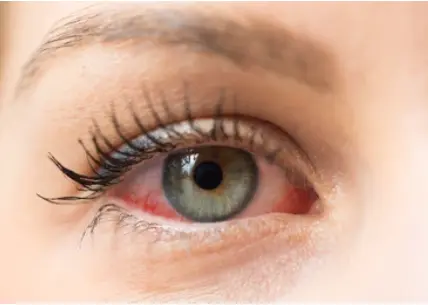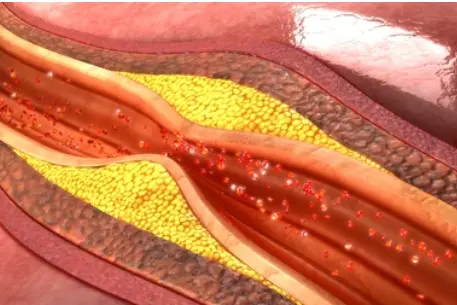 Welcome
Welcome
“May all be happy, may all be healed, may all be at peace and may no one ever suffer."
- A
- B
- C
- D
- E
- F
- G
- H
- I
- J
- K
- L
- M
- N
- O
- P
- Q
- R
- S
- T
- U
- V
- W
- X
- Y
- Z
Bipolar disorder - Generics
Bipolar disorder, previously known as manic-depressive illness, is a mental health disorder characterized by extreme mood swings that can range from manic or hypomanic episodes (elevated, expansive or irritable mood) to depressive episodes (sad, hopeless or empty mood). People with bipolar disorder experience shifts in energy, activity levels, sleep patterns, and behavior that can affect their ability to function in daily life.
There are different types of bipolar disorder, including bipolar I disorder, bipolar II disorder, and cyclothymic disorder. In bipolar I disorder, individuals experience at least one manic or mixed episode, which may be followed by a depressive episode. In bipolar II disorder, individuals experience at least one hypomanic episode and at least one depressive episode. Cyclothymic disorder involves periods of hypomanic symptoms and depressive symptoms that last for at least two years.
The exact causes of bipolar disorder are not known, but it is thought to be caused by a combination of genetic, environmental, and brain chemistry factors. Some risk factors for bipolar disorder include family history, traumatic life events, drug or alcohol abuse, and certain medical conditions.
Treatment for bipolar disorder often involves a combination of medications and psychotherapy. Medications used to treat bipolar disorder include mood stabilizers, antipsychotics, and antidepressants. Psychotherapy, such as cognitive behavioral therapy (CBT) or interpersonal therapy (IPT), can help individuals with bipolar disorder manage their symptoms and improve their quality of life. Lifestyle changes, such as maintaining a regular sleep schedule, avoiding alcohol and drugs, and managing stress, can also be helpful in managing bipolar disorder.

Ocular pain

Vestibular neuritis

Ovarian carcinoma

Bacterial Meningitis caus...

Atherosclerotic vascular...

Spastic or irritable colo...

Surface Disinfection

Corneal ulcer
Bipolar disorder, বাইপোলার ডিসঅর্ডার
To be happy, beautiful, healthy, wealthy, hale and long-lived stay with DM3S.